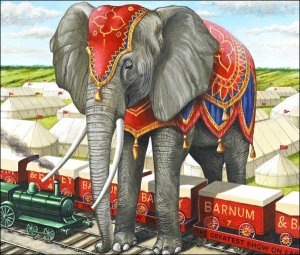Shark Baby is out, in print, as a downloadble ebook, and in both English and Spanish! You can follow Shark Baby on Facebook, and illustrator Shennen Bersani and I will be making some East Coast appearances, as follows:
School Vacation Week
April 16 at 10am
Bestsellers Café, Medford, MA
May 18, time TBD
Books on the Square , Providence, RI
June 8 (World Oceans Day)
Mystic Aquarium, Mystic, CT
We’ll be doing a mix of reading, signing, crafts, and natural history presentations at each location.
Stay tuned for more details, and see Shark Baby‘s page on the publisher’s website for much more information and free goodies.



